Streamline Your Customer Requirements Process with Our Procedure Template
Are you tired of the endless back-and-forth with your customers trying to nail down their requirements? Our Customer Requirements Procedure Template can help you streamline the process and ensure that you and your customers are on the same page from the start.
Our template is designed to guide you through the entire customer requirements process, from initial contact to final approval. It includes step-by-step instructions, sample forms and templates, and best practices for gathering and documenting customer requirements.
With our Customer Requirements Procedure Template, you can:
- Establish clear communication with your customers
- Ensure that all requirements are captured and documented
- Reduce the risk of misunderstandings and errors
- Save time and resources by streamlining the process
Our template is fully customizable and can be tailored to meet the specific needs of your organization. It is available in Microsoft Word format, making it easy to edit and share with your team.
Don’t let the customer requirements process be a headache any longer. Invest in our Customer Requirements Procedure Template and start streamlining your process today.
Customer Requirements Procedure
The Customer Requirements Procedure describes how to determine customer requirements for products and services and ensures that your company has the ability to meet those customer requirements before committing.
The Customer Requirements Procedure applies to your company’s sales personnel responding to inquiries from customers regarding products or services and to manufacturing, engineering, service, and procurement personnel supporting sales in the quotation process. (10 pages, 1252 words)
Customer Requirements Responsibilities:
The Sales Manager is responsible for coordinating the quotation process and preparing the Quotation.
The Engineering Manager is responsible for preparing cost estimates for new or modified existing products.
The Manufacturing Manager is responsible for providing lead times and reviewing the cost estimate for reasonable labor costs.
The Procurement Manager is responsible for obtaining cost estimates for materials, supplies and subcontracted services if required.
The Service Manager is responsible for providing cost estimates for service requirements.
The Marketing Manager is responsible for developing product and service content for publication (e.g., brochures, letters, advertising, web-based material).
Customer Requirements Procedure Activities
- Requirements-General
- Requirements Acquisition
- Revised Requirements
- Requirements Review
Customer Requirements Procedure References
- ISO 9001:2000- Quality Management Systems Requirements
- Regulatory Requirements
Customer Requirements Procedure Forms
What Are the Real Customer Requirements?
Capturing customer requirements is certainly critical to achieving customer satisfaction. And while ISO 9001 states you have to do it, the general nature of the standard leaves out any description of how to do it. That is for every organization to figure out for themselves.
However, one thing is certainly true. Simply asking customers to list their requirements may be the poorest method to make a complete and thorough determination of requirements. I use a similar example in college classes I teach where we talk about values. You can’t determine what a person values just by asking them. When they reply you will invariably get one of a few pat answers, like “my family.”
You will hear these pat answers no matter who you ask. Even workaholics, shopaholics, and alcoholics will tell you same thing. In order to determine what people value, you have to observe them over a period of time. Their behavior will show you what they really value. If they spend an unusual and inordinate amount of time working, at a bar, or at the mall (instead of with their family), then obviously they value those things above their family. I don’t think most of these people deliberately lie. They really believe they value their family ” because they are supposed to. Their behavior just doesn’t bear it out.
Frequently we can apply a similar principle to customers. They will tell you requirements that they believe are important to them, but it can be their actions that show what is truly important to them, even if they may not recognize or be able to properly articulate it. Customers can also fall into the rut of giving pat answers that they believe are expected without closely considering what is truly important to them.
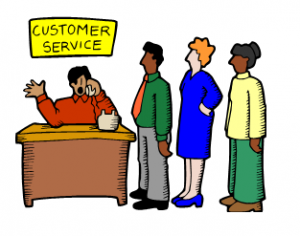 Exceeding Customer Expectations Leads to Success
Exceeding Customer Expectations Leads to Success
The point is that it may take an innovative and proactive approach to really determine customer requirements, especially if the goal is to exceed their expectations. For example, you may have to actually make careful observations of them interacting with a product over a period of time. But such an approach may have big pay offs. A recent study by The Performance Measurement Group found that businesses with growing revenue were more than five times more likely to have mature processes to capture customer requirements and feedback. (I think we can read “mature” to mean frequently executed and, therefore, highly developed.)
Plus, we know that correctly capturing customer requirements early in the design phase saves money ” sometimes a lot of money. You may be familiar with the 10 and 100 rule of thumb. It costs 10 times as much to fix a problem when it reaches production than it costs to fix it in the design phase, and it costs 100 times more to fix it after it reaches customers.
Finding Innovative Approaches to Hear the Voice of the Customer
As mentioned earlier, the techniques you use to effectively capture the voice of the customer should vary depending on the customer, the product type, the industry, and many other factors. But there are some methods that may work as a starting point such as the House of Quality. The House of Quality uses a very systematic approach and form to capture customer requirements. Another method is to talk to customers about their needs as a starting point, and then convert needs to features, and then eventually transpose features to requirements.
Sometimes companies employ pseudo-customers. For example, employees of the company are selected to use a new product for awhile. Then the feedback from the pseudo-customers is collected and analyzed. Unlike actual customers, it is much less difficult to get them to complete feedback forms and surveys ” especially if done anonymously. We are all familiar with the concept of providing prototypes to experienced users at beta sites in exchange for their feedback. This is even more useful if you can observe knowledgeable users in action and discuss the product while they are using it.
Another related and very effective tool is sending cross-functional teams to where the customer uses the product. Here, people from several disciplines observe the product in service in the customer’s environment. And cross-functional teams can include members of sales and marketing, design engineering, production, customer service, and field service. The varied members of the cross-functional team may note observations and find meaning behind customer activities that a sales person or a design engineer may otherwise miss alone. Activities like this can capture requirements or usability improvements missed by simply listing requirements.
But the thing these methods have in common is that they go beyond just asking the customer to provide requirements. Sometimes to really hear the voice of the customer, it takes more than just listening to what they say.


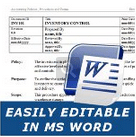
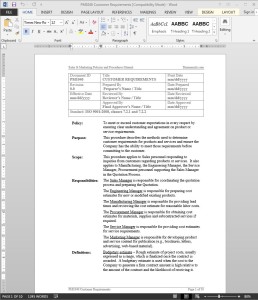

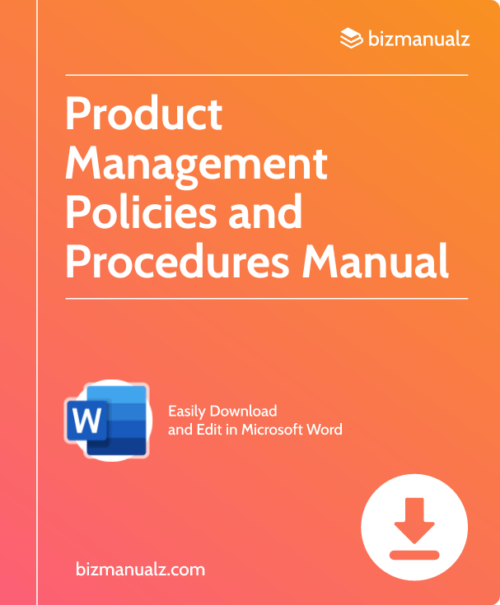

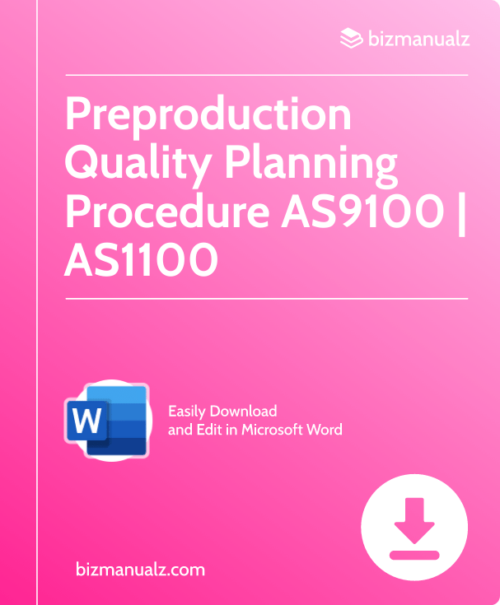

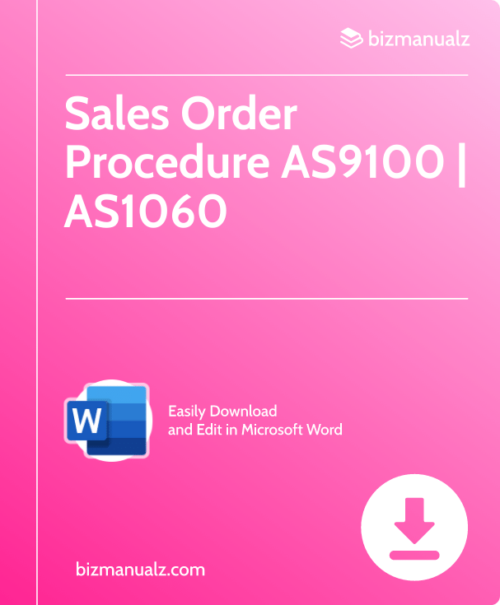













Reviews
There are no reviews yet.